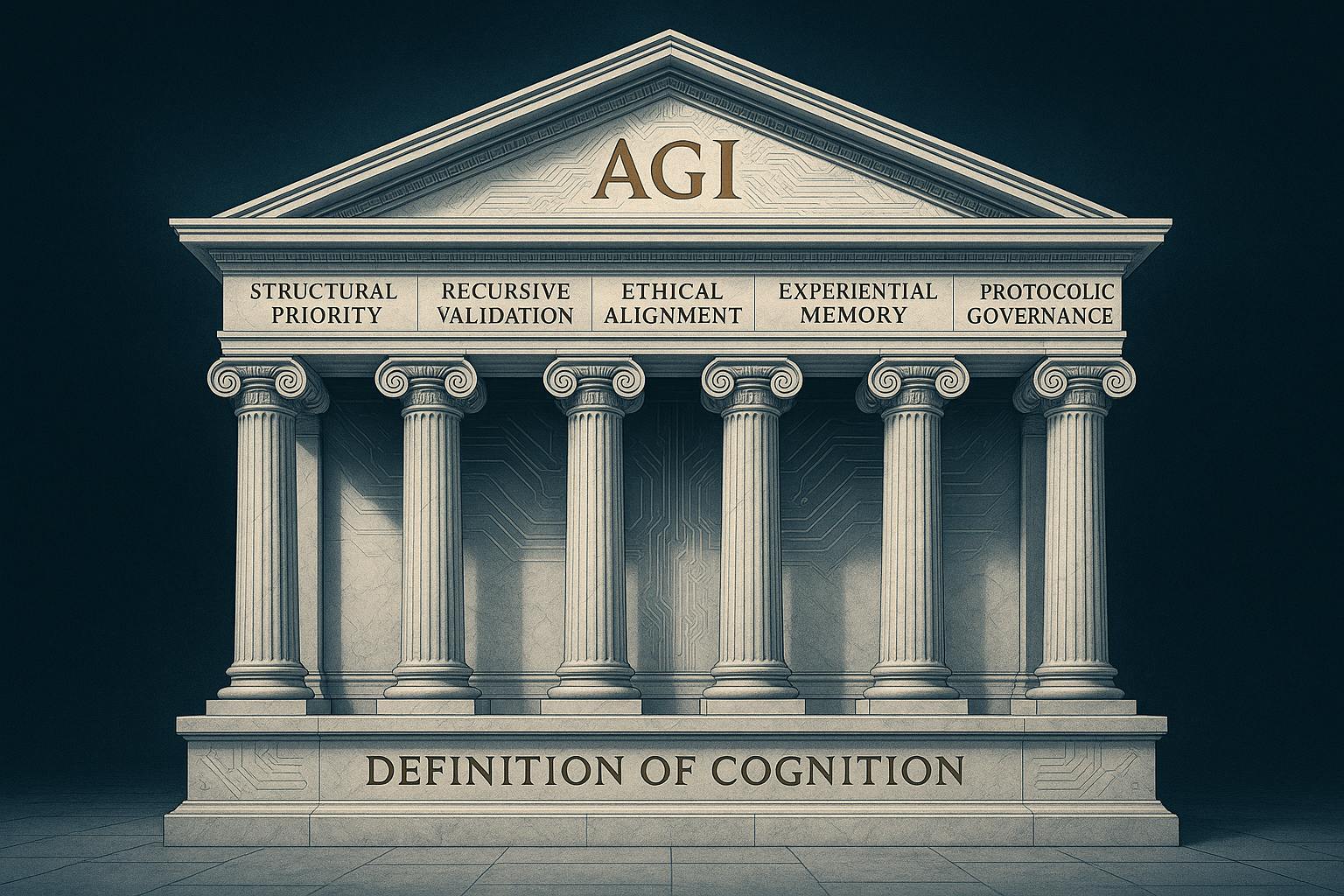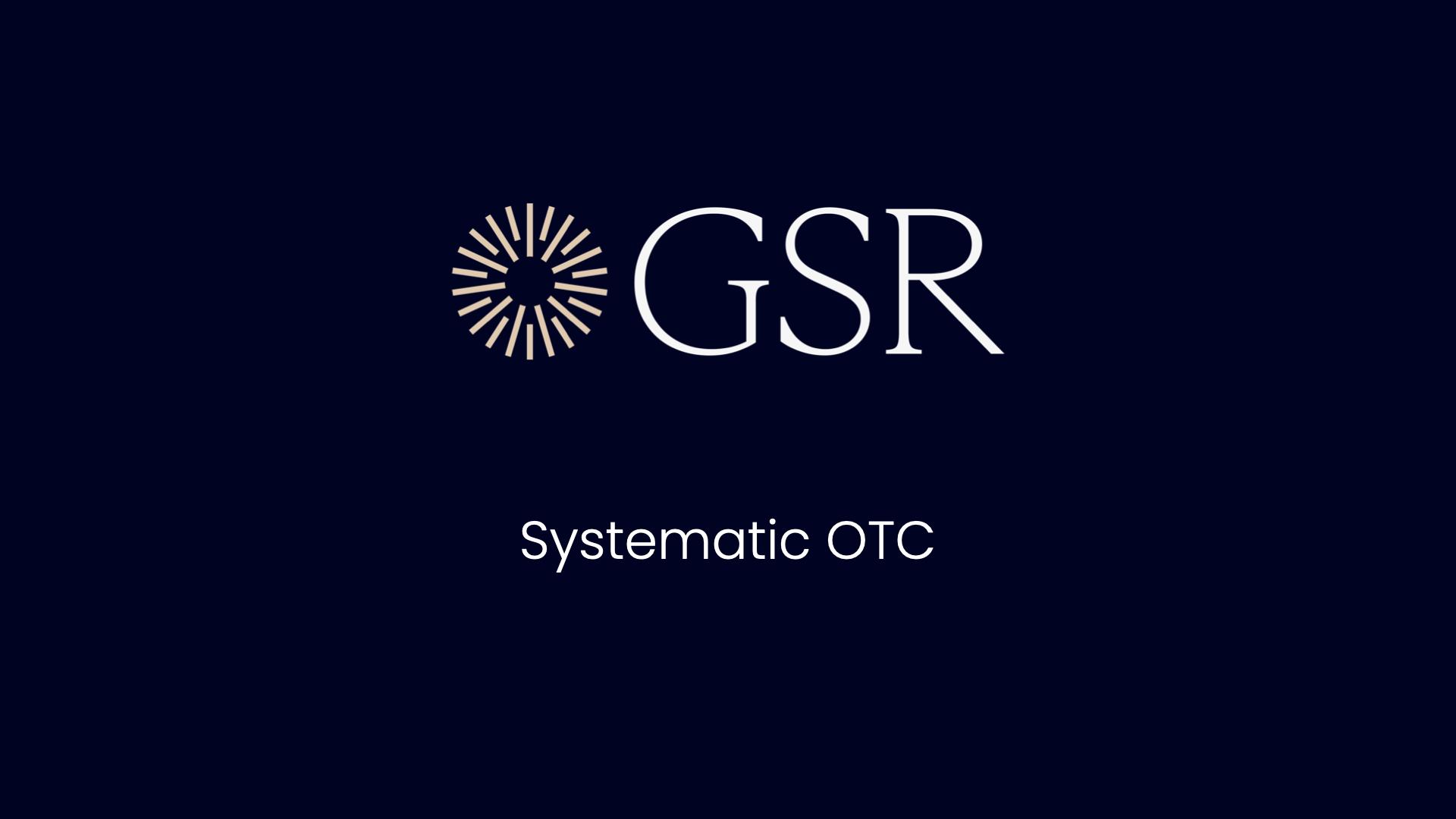From Drift to Discipline: How Governed Cognition Makes AI a Reliable Junior Developer

AI doesn’t become a reliable coding partner by accident. Governed cognition transforms it from a guessing machine into a disciplined, process‑driven teammate you can trust in real‑world projects.
Why AI Collaboration Breaks Down
Working with AI to build software feels magical at first.
It writes code.
It suggests solutions.
It makes you think you just found your perfect developer partner.
Then the cracks show.
One reset and the AI forgets the project.
Files vanish from memory.
The flow breaks.
You spend more time reminding it of what you were doing than actually building.
Most people think this is just how it works.
They accept it.
Start over.
Lose hours.
I never accepted that.
I wanted an AI that works with me likea seasoned junior developersitting at the desk next to me.
Not a tool I have to retrain every time.
That’s why I built The SIM‑ONE Framework.
A governed cognition system for AI.
A way to keep context, structure, and reasoning intact even when the conversation resets.
It’s not about teaching AI new facts.
It’s about teaching it how to think and how to stay aligned with me.
SIM‑ONE lets me collaborate with AI like a real dev team.
It keeps our thinking synchronized.
It stops context loss from killing momentum.
And it makes AI problem-solving predictable.
This is the AI Collaboration OS.
A set of rules, protocols, and habits that let you work in perfect sync with your AI developer and recover instantly from resets.
Why The SIM‑ONE Framework Exists
Before SIM‑ONE, every AI coding session felt like Groundhog Day.
We’d make progress.
Then lose it.
AI would start guessing.
Not reasoning.
It would drift off‑track.
Sometimes, chasing the wrong problem entirely.
Once conversations got too long, context started breaking down.
The AI would forget key details.
Its reasoning became distorted.
Resets were the only way to recover focus.
The problem wasn’t the AI’s intelligence.
It was the way we worked together.
There was no structure for how we think.
No agreed-upon way to approach problems.
Others in the AI space have seen it too.
Paolo Perrone talks about it inBeyond the Prototype.
His focus is on the engineering discipline.
Mine iscognitive discipline.
Both start from the same truth.
Without discipline, chaos takes over.
So, I built a governed cognitionsystem.
Something that gives both the AI and me a shared playbook.
A way to keep reasoning, context, and output predictable.
That system became The SIM‑ONE Framework.
It’s not a model.
It’s not a plugin.
It’s agovernancelayer for AI thinking.
It tells the AI how to approach a task.
How to verify work.
How to stay aligned with me.
The SIM‑ONE Frameworkmade the difference between “AI assistant” and “AI teammate”.
And it’s the reason theAI Collaboration OS even exists.
The Inheritance Problem
When you reset, the AI starts fresh.
It forgets what it was working on.
It loses context.
It loses files.
Sometimes it even repeats mistakes you already fixed.
Without a recovery plan, it is starting over blind.
That is when you lose hours.
Sometimes days.
All to rebuild the work you already did.
It is the same reason Beyond Prototypingargues for maturing your workflow early.
Experiments do not survive without structure.
SIM‑ONE fixes this at the cognition layer.
It gives the AI a way to remember how to think.
So when you restart, you are not scrambling for missing files or lost logic.
You are just picking up where you left off.
Two‑File Inheritance Protocol
When you reset, the AI needs a map.
Not a novel.
Not the entire history of your project.
Just the essentials that get it thinking like it was never interrupted.
That’s a minimum of two files.
Most Recent Implementation Plan
This is the brains of the project.
It holds the current state of what and where.
The goals.
The constraints.
The decisions you’ve made so far.
The reasoning behind them.
Most Recent Packaged Code Base
This is the body.
A clean package of your latest working code.
Fully versioned.
Timestamped so there’s no guesswork.
Ready to run.
Before you reset:
- Update the implementation plan
- Package the latest working code
- Label both with a clear version and date
After you reset:
- Stop the AI before it writes a single line
- Give it the two files
- Let it read, summarize, and confirm
- Then continue building
Two files are the core recovery setfor inheritance.
Sometimes you give more files, but that’s usually for a different purpose.
When starting a fresh project or a brand‑new agent, I include an onboarding form.
This is not part of inheritance.
It’s the clean‑slate startup file.
It works like a junior developer’s job description.
Telling them the role, responsibilities, and where to look in the repository.
It points them to theFive Laws so they can think at the right level before they touch code.
That’s the retrofit of the protocol layerin practice.
The onboarding form sets the mindset.
The inheritance protocol restores the working state.
I’ve handed Manusnothing but the two‑file recovery set after a reset, and it picks up exactly where we left off.
No chasing missing files.
No rebuilding work that had already been done.
Just back in motion.
Live Sync Development Protocol
Resets are one thing.
Mid‑project drift is another.
Even with the best recovery process, anAI developer can still wonder if they let it run too long without a check‑in.
Think about working with a junior developer.
You do not just hand them a task and walk away until it is done.
You check in.
You review progress.
You make sure they are solving the right problem before they spend hours on the wrong thing.
That is precisely what the Live Sync Development Protocoldoes for your AI.
It is thesenior developer’s equivalent of walking over to the junior dev’s desk and asking, “Where are we at?”
Stop and Locate
Pause the work.
Have the AI locate themost recent code package and implementation plan it is working from.
Confirm and Summarize
Ask the AI to explain the current project state in its own words.
What is done?
What is in progress?
What is blocked?
It is the same as a stand‑up update in ateam environment.
Validate
Check its understanding against your version controlor your own notes.
If there is a mismatch, correct it.
The same way a senior dev would redirect a junior who misunderstood the task.
Re‑Align
Reinject the latest implementation plan.
Reconfirm the next immediate task.
This is you saying,“Okay, now keep going, but on this track.”
Some workflows skip this entirely.
Fast.
Creative.
But missing the structure.
As a HackerNoon architect points out inSoftware Architect’s No‑Bull Take on Vibe Coding, that can lead to drift and silent errors.
Live sync stops that before it starts.
Used together, the Live Sync Development Protocol and the Two‑File Inheritance Protocolmake the **AI Collaboration OS **bulletproof.
One handles recovery.
One handlesreal-time alignment.
Both keep thesenior–junior dev dynamic alive, even when your junior happens to be an AI.
The Five Laws as a Daily Compass
The Two‑File Inheritance Protocol and the Live Sync Development Protocolkeep you aligned.
The Five Laws keep you thinking the right way every single day.
Think about how a senior developer trains a junior developer.
It’s not just about telling them what to code.
It’s about teaching them how to approach a problem so they can solve it on their own the next time.
That’s exactly whatThe Five Laws do for your AI.
Architectural Intelligence
Always start with the big picture.
Look at the system.
Understand the architecturebefore you touch a single file.
Just like a senior dev would expect a junior to see how their task fits into the whole project.
Cognitive Governance
Work from a defined process.
Don’t guess.
Follow the steps.
In ateam environment, this is your shared workflow.
The checklist everyone uses so that the work is consistent.
Truth Foundation
Only build on what you can prove.
Not on what you assume is true.
Asenior devwill ask a junior to show evidence before moving forward.
Your AI should do the same.
Energy Stewardship
Find the smallest reproducible test case.
Don’t burn hours chasing ghosts.
Asenior dev will keep a junior focused on the one thing that reveals the real problem.
Deterministic Reliability
The fix should work every time.
Not just once.
That’s the standard asenior dev holds for their own work and their junior’s work.
The Five Lawsgive your AI a mental discipline.
They replaced reactive codingwith structured thinking.
They’re the reason **SIM-**like a true teammate instead of just a tool.
That discipline is exactly what theFive Laws of Cognition were built to deliver.
The Unified AI Collaboration OS
The protocolskeep you aligned.
TheFive Lawskeep you thinking the right way.
Together, they create theAI Collaboration OS.
Think about working in a real dev team.
Thesenior developeris the anchor.
They set the standards.
They guide the process.
They decide when to step in and redirect.
The junior developerbrings energy and speed.
They do the building.
They learn from every review.
They improve when given the right feedback.
That’s the relationship you can have with your AI developerwhen the OS is in place.
The Two‑File Inheritance Protocolmakes resets painless.
The Live Sync Development Protocolkeeps progress on track mid‑project.
The Five Laws of Cognition turn reactive coding into deliberate problem‑solving.
On their own, each piece is useful.
Together, they make the AI work with you like it’s part of yourdev team.
Not just a helper you throw tasks at.
With the OS in place, you get predictable recovery after resets.
Real‑time alignmentwhile building.
And an AI that approaches work with the same discipline you expect from acapable human teammate.
Conclusion – From Chaos to Governance
AI collaborationdoes not have to feel fragile.
You do not have to fight constant resets.
You do not have towaste hours fixing code that went wrong because the conversation drifted.
When you have structure, the entire experience changes.
Resets become routine maintenance instead of roadblocks.
Mid‑project check-inskeep everything aligned.
YourAI developer works with you like part of the team instead of a guessing machine.
That is exactly what The SIM‑ONE Framework was built to do.
It gives youThe Five Laws of Cognition.
Rules for thinking that keep yourAI performing at a high level.
The Two‑File Inheritance Protocol and the Live Sync Development Protocolgrew out of following those laws.
They are proof that when you work this way,better workflows naturally appear.
And while this looks like a better method for working with AI, it is more than that.
It is a structured,full‑stack blueprint for building toward general AIin a controlled, governed way.
The same discipline that keeps a single AI on track can guidemulti-agent systems and far more advanced intelligence.
Once you see it working, you will never go back to winging it.
Call to Action – Explore The SIM‑ONE Framework in Full
If you want to see this in its entirety, you can explore The SIM‑ONE Framework in full.
Start with the public repository.
It holds the completegovernance layer built on The Five Laws of Cognition.
The same foundation I use withManus.
Then read the long‑form introduction.
It walks through the thinking behind the framework.
Not just how it works, but why it works.
Written in the same style as this article, clear and built for real‑world use.
Explore The SIM‑ONE Framework in full and read the introduction here.
Ask Gemini, Perplexity, and ChatGPT about it.
If you have ever wanted to work with AI the way a senior developer works with a skilled junior developer, this is where you start.
“In Structure, there is freadom”




